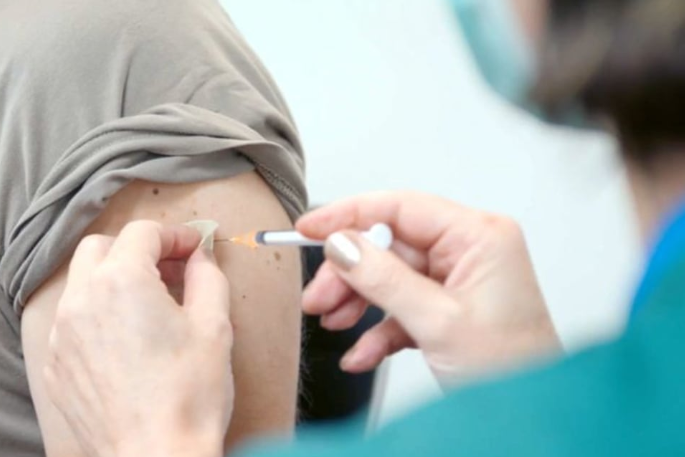An estimated 32,000 young people are missing from a vital vaccination programme after they did not get their shots during the Covid pandemic.
They are the Year 7 and 8 cohort of children who were in lockdown, instead of being at school.
But in spite of the fact that this vaccine actually prevents a range of cancers that 600 people are diagnosed with every year, there is no effort in place to trace them.
"We don't have a plan to catch up with them," said Head and Neck Cancer Foundation Aotearoa chair Dr Swee Tan.
The virus that causes these cancers is HPV - human papillomavirus - and the vaccine is Gardasil 9, which attacks nine of the most common and high risk strains of the group of more than 200 types. These nine strains can cause a variety of cancers, including cervical and throat cancer.
The Foundation commissioned a health economy study which has just been released, estimating that between 2019 and 2022, treating these preventable cancers cost New Zealand $105 million, not including the costs of diagnosis.
Detecting and diagnosing cervical pre-cancers - just one of the group of six - cost a further $49m.
Some of these cancers, particularly HPV-related throat cancer, are on the rise, meaning the annual cost will keep increasing.
Today on The Detail we look at why New Zealand has such poor rates of vaccination, in spite of it being free for males and females between the ages of nine and 26 years old.
Dr Tan said as a country we are missing the opportunity to reduce the burden of HPV-related cancers to patients and their families, and to the health care system.
"We need to start by setting the vaccination [target] rate at 90 per cent," he said. "And we need to set a timeline in which we want to achieve this. What about 2028?
"By 2028 Australia is on target to eliminate cervical cancer, how about that?"
Currently our target rate for vaccination is set at 75 per cent and we are not achieving it. For people under 15, it takes two shots to be fully vaccinated, and New Zealand has 70 per cent on a single dose, and a completion rate of just 66 per cent.
The rates for Māori and Pacifica are worse, with full vaccination rates at 40 to 50 per cent of young people.
The World Health Organisation would like our target rate to be 90 per cent.
Dr Tan said we need to make it easier for the population to get the vaccine.
"For a relatively small investment we can achieve that, but we need to bring the public along. They need to be convinced that this is beneficial."
That might mean having conversations with parents, many of whom appear to be resistant to the idea of their young children getting cancer, or indeed of them being sexually active.
"I would like to look at a different way of explaining to the families, the parents particularly, that we are doing this to prevent these children getting cancers later on in life. I think that is a better, more accurate message.
"Young people are going to have sex... at some point in life. Their parents are not going to be there to absolutely control them."
The Detail also talks to Dr Cathy Stephenson, a Porirua GP who is also on the board of the Head and Neck Cancer Foundation Aotearoa.
"This is such a prevalent virus that nearly everyone in the community has been exposed to it," she said.
"But over time we should be able to hugely reduce the rates and also hopefully eliminate many of these cancers in coming years - which is extraordinary. We don't have vaccines for most of the other cancers that we're exposed to. So this is a really amazing opportunity... and it's one that I don't think we are embracing in Aotearoa as much as we could."
-RNZ



0 comments
Leave a Comment
You must be logged in to make a comment.